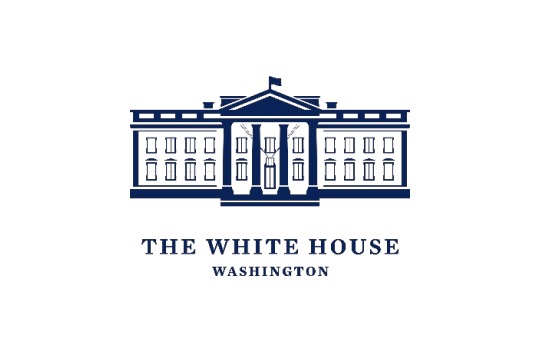The White House released President Biden’s Sub-Saharan Africa Strategy yesterday, aiming to reset strained relationships, clarify US priorities, and draw a line in the sand from the previous Administration. Parsing the careful diplomatic language reveals plenty of potentially meaningful shifts, such as a clear recognition that the US is falling behind, an emphasis on urban growth centers, and a renewed commitment to moving the continent up the ladder of US national security priorities. The common thread: we’re overdue in treating Africans as fully respected partners.
Nowhere is this recognition more unambiguous (or more crucial) than in the section on energy and climate change. Our three big take-aways:
- The US acknowledges that energy decisions must start with African countries’ own goals. “The United States will work closely with countries as they determine how to best meet their specific energy needs…” This is a clear acceptance that the old donor mindset, where projects and technologies are predetermined in Washington DC, needs to be scrapped.
- The Administration is finally listening to African leaders on energy security. “…through technologies such as energy efficiency and renewable energy, as well as gas-to-power infrastructure.” The specific mention of gas is notable, suggesting that, in the wake of Europe’s fossil resurgence, the White House knows energy flexibility can’t be reserved only for rich allies and moves to restrict the technology choices of African countries require more nuance.
- The USG needs more tools to spur growth and investment. “The United States will work with countries to support just energy transitions in line with their economic and social objectives.” In most of sub-Saharan Africa, energy transitions are less about decarbonization and more about building diversified, resilient energy systems of the future. This means investing in new wind and solar generation – but also in public grids, storage, new kinds of utilities, and connecting energy investments to industry and other economic activity. Yet, the US still relies on a toolbox designed primarily to provide late-stage project-by-project support for new supply. That’s why, despite massive unmet energy needs, the project pipeline is running dry – and why the USG needs an approach that starts far further upstream in planning and project development.
Anyone expecting major changes or big new programs will be disappointed – but also missing the point. White House strategies are not plans or roadmaps, but rather a top-line set of objectives, a signal to our partners, and a North Star for the direction of government policy. The Biden Africa strategy points toward a much more constructive partnership on energy and climate. Whether we’ll arrive as such a place depends on how the various agencies adapt – and how African leaders respond. We’ll soon see at COP27 in Egypt and the US-Africa Leaders Summit in Washington DC.


